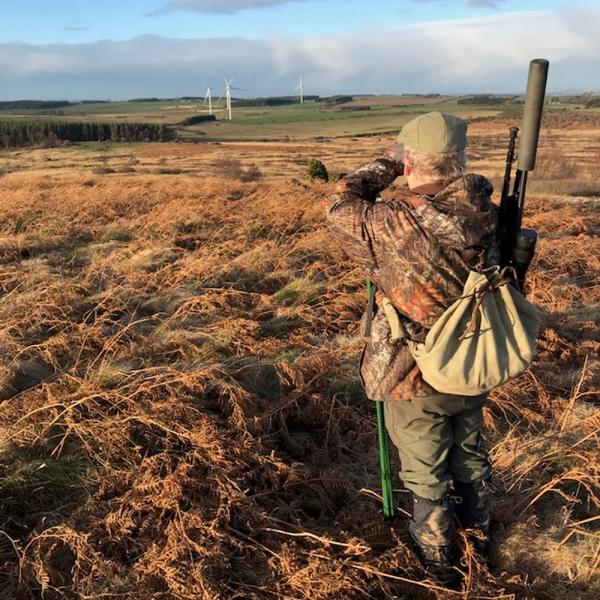Deer Stalking in the UK
In today’s blog we are going to look at how someone can get into the exciting world of deer stalking and the basic equipment they will require.
If looking to get into deer stalking the first thing you will require is a firearm certificate. A firearms license allows you to enjoy a wealth of different forms of rifle shooting from target shooting, deer stalking and vermin control. As long as you have a good reason for acquiring a license such as joining a club or accompanying a friend on a piece of land with permission you should receive this with ease.
Unsure where to start?
Various courses are available such as Deer butchery and DSC 1 (Deer stalking certificate level 1). These allow you to get a solid background and knowledge of both your species and the processes involved so would highly recommend attending any. These courses can also be done without a firearms license and will help in applying for your firearms certificate. This will put you in good shape for getting some practical experience and putting what you’ve learnt in the course to good use with a friend or guide in field conditions. During the process of doing these courses you will touch the basics of ballistics and bullets. This will give you an idea of what Deer you may be shooting and therefore what caliber you may be thinking of looking at, something very important.Greenlee Deer management offer courses in the Northumberland area so why not have a look.
Greenlee Deer Management http://www.greenleedeer.co.uk/
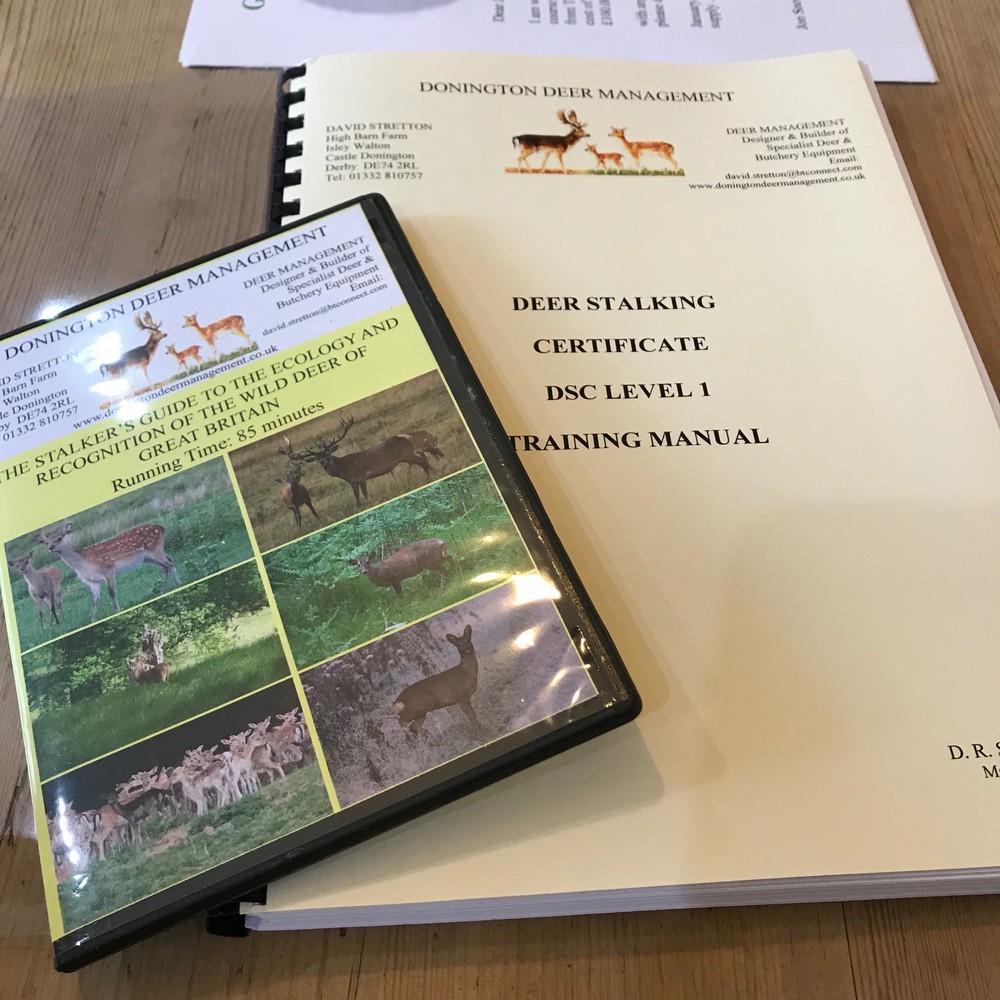
Which caliber to apply for?
To be able to stalk the five species in the UK you will need to ask for a caliber of .240/6mm or larger that has the capability of firing a round with a minimum of 1700 ft-lbs of energy. If you decide to stalk in Scotland you will require a calibre that can fire a 100 grain bullet travelling at least 2450 ft/sec delivering 1750 ft-lbs of energy. This all translates to a minimum of a .243 Win calibre but depending on which species will be your main quarry you may consider other calibers. The .243 Win calibre is probably the most popular due to the fact the police often recommend it for first time applicants or for smaller areas of land. It is an excellent round that with the correct bullet construction and shot placement within sensible ranges will handle any game species in the UK with ease.
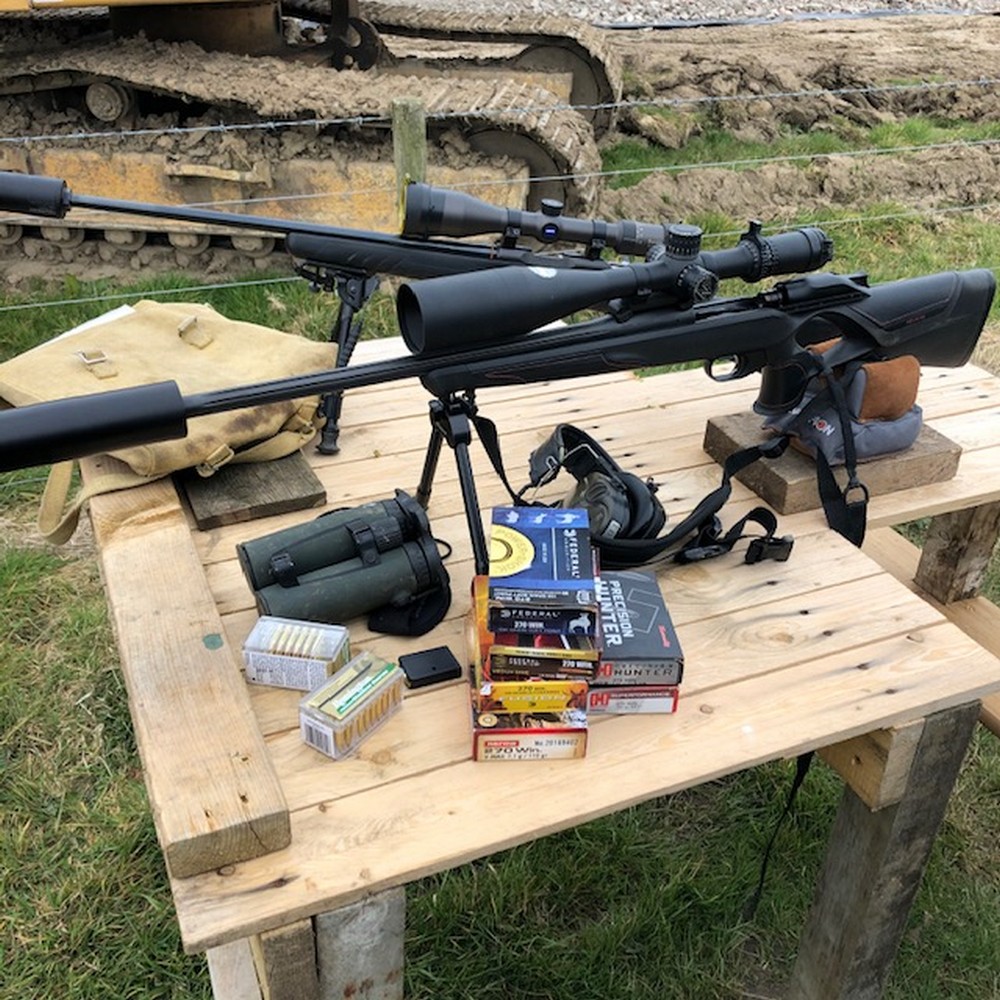
Many estates who are dealing exclusively with Red deer (the largest of UK deer species) may be hesitant upon rifles in a .243 calibre so bear this in mind if you are planning on great Scottish stalking adventures for red stags. You may be asked to use a larger caliber from the estate’s rifles, so consider where you want to book stalking and check before you go.
I am a firm believer in a badly placed shot is just that regardless of the calibre used. If you can successfully place the round of any .243 calibre or above, using a decent bonded expanding bullet, into the vitals of a deer you will have a clean kill. The reason you would use a larger and faster caliber is that it will create a greater wound channel with more chance of an exit (again, with the correct choice of bullet construction) creating a better blood trail or an instant death through hydrostatic shock. For a novice stalker the recoil of such calibers say .270 can be daunting to handle and can create a flinch giving the possibility of a poorly placed shot. Bear in mind that a well-placed shot with a .243 Win is far better than a poorly place shot with a .300 Win Mag.
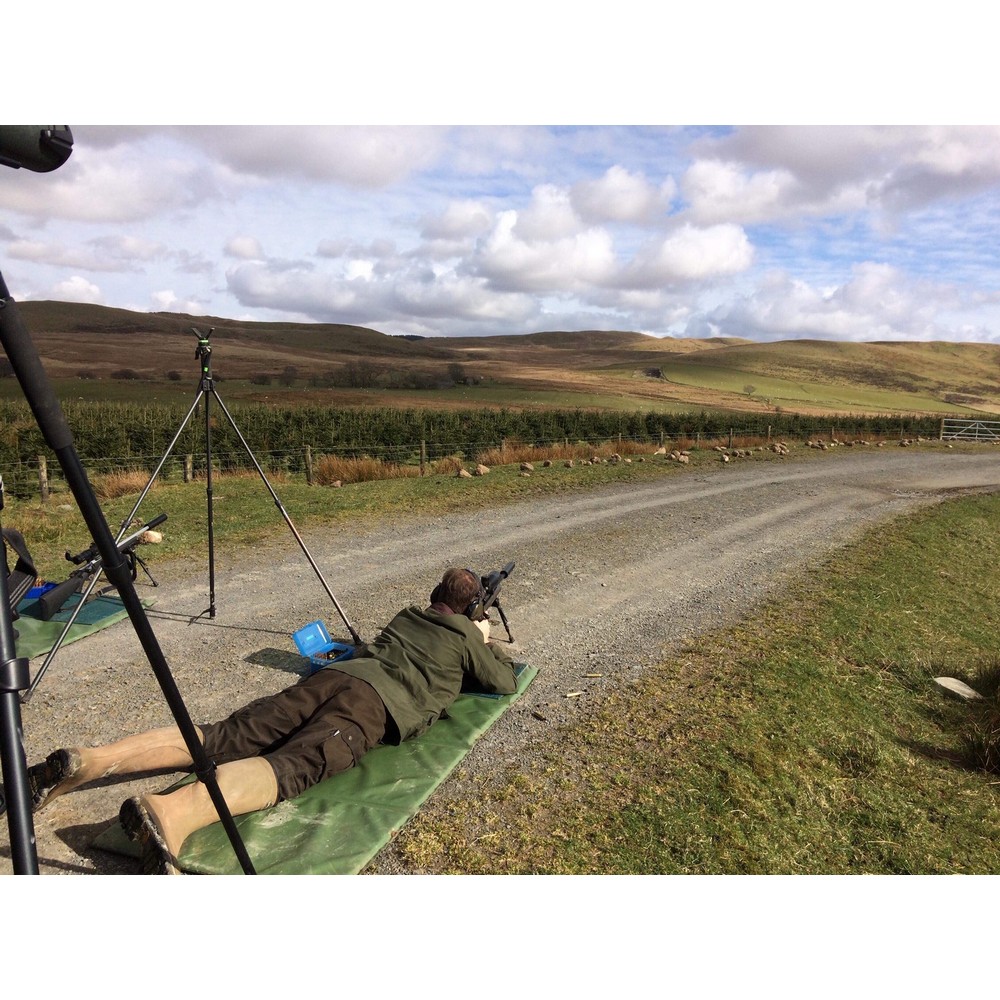
Where to shoot?
Guided stalking -
One of the easiest ways to guarantee regular deer stalking is to book stalking with a guide, this can also help with the grant of your firearms certificate by having stalking booked. They will be with your throughout the entire journey to start to finish from the stalk, to the shot and the processes after this for getting the deer fit for the table. Some professional guides will also provide you with all the equipment you require on the stalk, so possibly could be done without your firearms certificate. This whole experience will give you a good idea of what equipment you’ll needed and gives you the confidence to go it alone. It also helps you learn the practical skill of field craft which can be difficult to learn in a classroom.
Join a Syndicate -
Another avenue of Deer stalking is joining a syndicate, this can be a very cost-effective method.A syndicate is a group of people who evenly split the cost of the shooting rights/rent on a particular piece of land. Each syndicate will have its own system of booking visits, taking turns and cull numbers of what should be shot, so if you do join make sure you understand these thoroughly. I would highly recommend going to view the land and learning the boundaries before joining so you don’t get lost!
Rent your own land -
Sometimes the opportunity may arise to rent the shooting/stalking rights on a piece of land yourself through contacts in the countryside. This is fantastic if you get the chance as you can have the assurance that you and your guests are the only ones stalking on that particular piece land (other than poachers) and you can manage the deer population the way you would like. Rents may vary from a bottle of whisky at Christmas to the landowner or could be approximately £1 per acre for grass/arable land and £5 per acre for woodland. Free stalking is very hard to come by and it normally helps if you offer the land owner help with the vermin control too.
Basic kit Needed
Your budget for Deer stalking equipment doesn’t have to be huge. In my opinion the basic necessities would be a rifle, sound moderator, scope, binoculars, shooting sticks and of course a knife. The market for all of these items is huge and it can be very difficult to make a decision. It is important to mention with modern machining tolerances and manufacturing technologies pretty much every rifle on the market with the correct factory round combination will be far more accurate than the shooter. We have Packages available in stock from Mauser and Bergara which come with everything you need with scope, rings and moderator to start your Deer stalking journey.
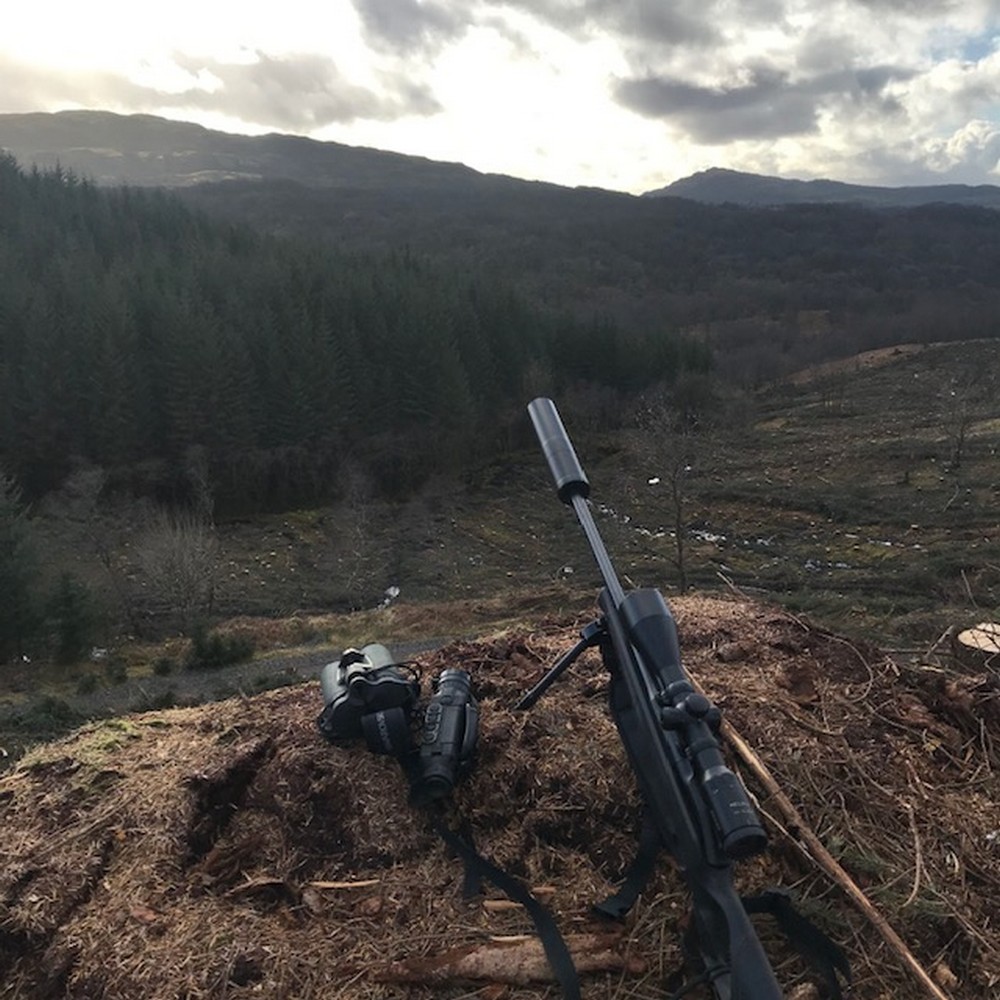
Most people will want a sound moderator for stalking that is light weight.Brands such as Hausken, A-Tec, Stalon, and DPT offer excellent alloy constructed over barrel options. Heavier options are available if you were going to use your rifle for some range use. Steel sound moderators like the ASE Utra Jet Z or SL5 will help take the heat but bear in mind will add barrel weight.
Optics are probably the most important aspect of any stalking equipment as you can’t shoot what you can’t see. The majority of my budget would go towards quality glass which really comes into its own at dawn and dusk. The vast majority of deer are shot in this crucial period and some of the cheaper optics available will lack clarity and definition. European optics like Kahles, Swarovski, Zeiss, Leica, Schmidt & Bender, Minox and Meopta all offer exception quality binoculars and scopes.
Shooting sticks are a real stalking necessity, often in the field your will find yourself in a particular position where due to the height of the vegetation or particular angle a shot off a bi-pod may not be possible. My personal preference is for quad sticks which offer a completely stable support to both the rear of the stock and forend of the rifle. The Primos trigger sticks are also an excellent choice quickly adjustable for any height and also offer the ability to pan when your target might move slightly.
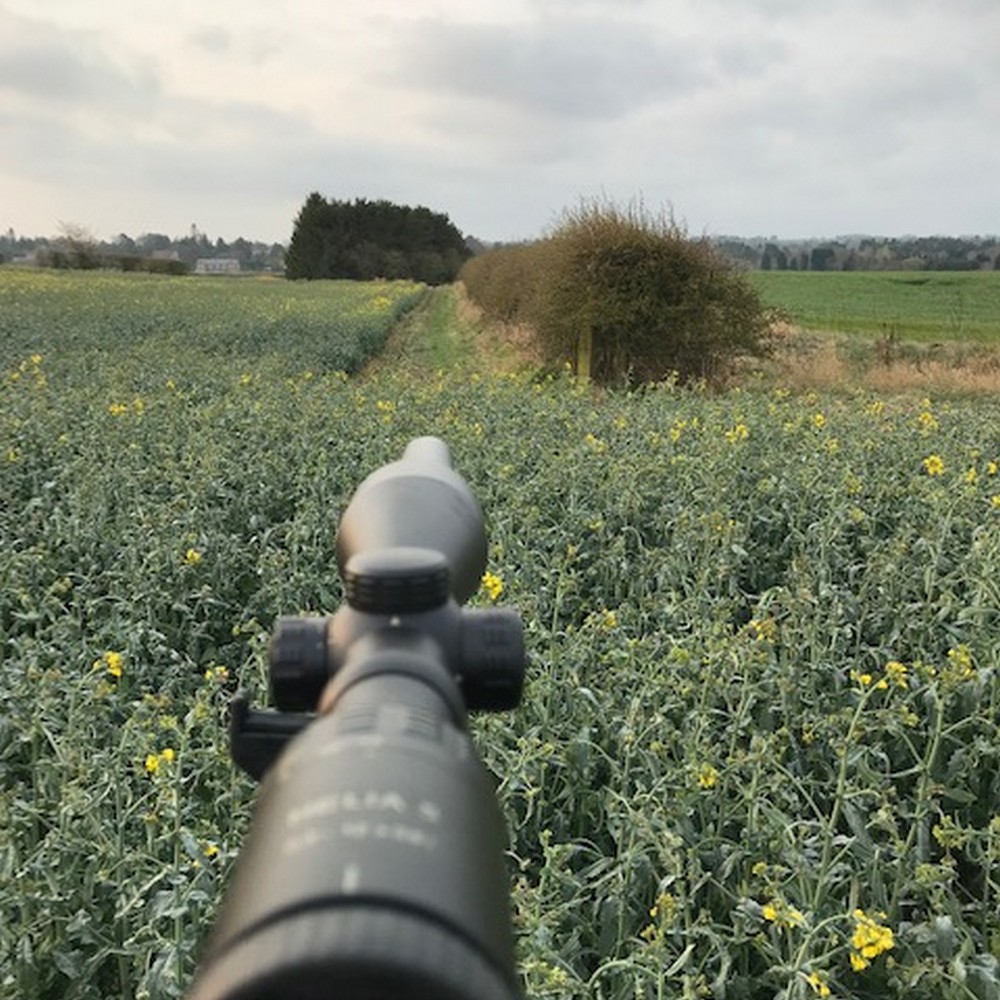
A quality knife made from good steel is an essential piece of kit. It is important to have a knife that keeps a good edge as gralloching with a blunt blade is very frustrating. I am a fan of knives that also have a gut hook, I find they make the whole process faster and easier. Alongside your knife there are other little tools that you may want to take along such as chest saws, drag bags and gambrels but over time you will get an idea of what works and is required for your stalking needs.
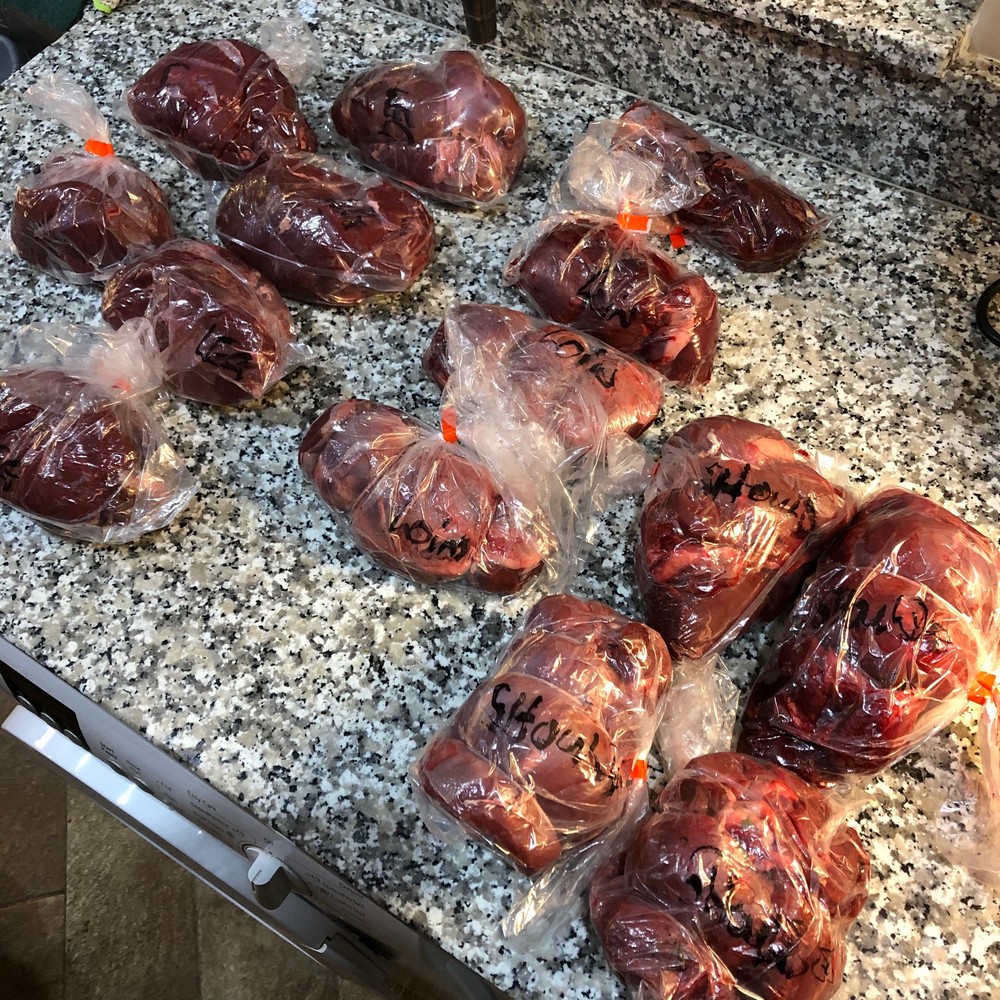
Finally, get confident with your rifle
Practice shooting your rifle, shoot some groups from a bench this will be the most stable platform to shoot from and will give you the confidence that your rifle set up is zeroed perfectly. This will give you a benchmark to work off, then shoot some groups from a prone/lying down position and from your shooting sticks. Learn what works for you and get a system and a technique so that when you are out in the field you are properly prepared, accept that your groups may not be as good as from the bench but you will not be shooting deer from a bench. Try shooting paper targets at different distances so you understand how much your bullets drop. Ultimately practice on a range gives you the confidence to take that crucial shot. Keep an eye on this as some valuable range time will be a featured blog itself soon.

I hope this information has provided a little insight of how to look and hopefully successfully find deer stalking and the sort of equipment you will require to begin on a hobby that is challenging, yet very rewarding.





